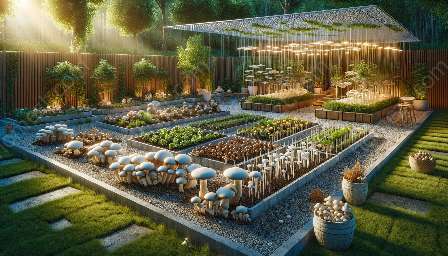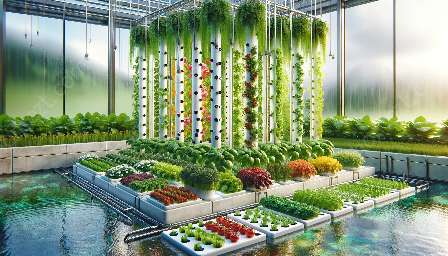Companion planting for edible gardens involves strategically pairing compatible plants to promote their growth, deter pests, and improve overall garden health. This centuries-old gardening method is based on the principle that certain plants can benefit each other when grown in close proximity. From enhancing soil fertility to repelling pests, companion planting offers a natural and sustainable way to optimize your garden's productivity and health.
Benefits of Companion Planting
By utilizing companion planting in your edible garden, you can experience a range of benefits, including:
- Pest Control: Some plants naturally repel pests, protecting neighboring crops from insect damage.
- Improved Soil Health: Certain plant combinations can enhance soil fertility by fixing nitrogen or reducing soil-borne diseases.
- Maximized Space: Pairing plants with different growth habits can optimize space utilization and increase overall yield.
- Attracting Beneficial Insects: Some plants attract pollinators and beneficial insects that contribute to a healthy garden ecosystem.
Selecting Compatible Plant Combinations
When planning your edible garden, consider the compatibility of plants to create harmonious pairings. Here are some popular combinations that work well together:
- Tomatoes and Basil: This classic pairing not only enhances the flavor of tomatoes but also deters pests that commonly affect both crops.
- Cucumbers and Nasturtiums: Nasturtiums can repel pests and attract pollinators, benefiting cucumber plants.
- Carrots and Onions: Interplanting these vegetables can help deter carrot fly and onion fly due to their strong scents.
- Strawberries and Lettuce: Growing lettuce as a living mulch around strawberries can help retain moisture and prevent weeds.
- Corn, Beans, and Squash: Known as the Three Sisters, this traditional Native American combination provides mutual benefits by utilizing each plant's unique characteristics for support, nitrogen fixation, and pest control.
Effective Strategies for Companion Planting
As you explore companion planting for your edible garden, consider these effective strategies to maximize the benefits:
- Interplanting: Alternating plant species within the same row or bed to create beneficial interactions and avoid monoculture.
- Trap Cropping: Planting attractive decoy crops to lure pests away from main crops.
- Succession Planting: Strategically timing the planting of different crops to utilize space and extend the growing season.
- Polyculture: Simultaneously growing multiple plant species in the same area to create a diverse and resilient ecosystem.
Incorporating Companion Planting in Your Garden
Whether you are a novice gardener or an experienced horticulturist, companion planting offers an array of opportunities to enhance your edible garden. By carefully selecting compatible plant combinations and implementing effective strategies, you can create a thriving and balanced ecosystem within your garden. Embrace the wisdom of companion planting and witness the harmony of fruits, vegetables, and nature in your own backyard.
References:
1.


















